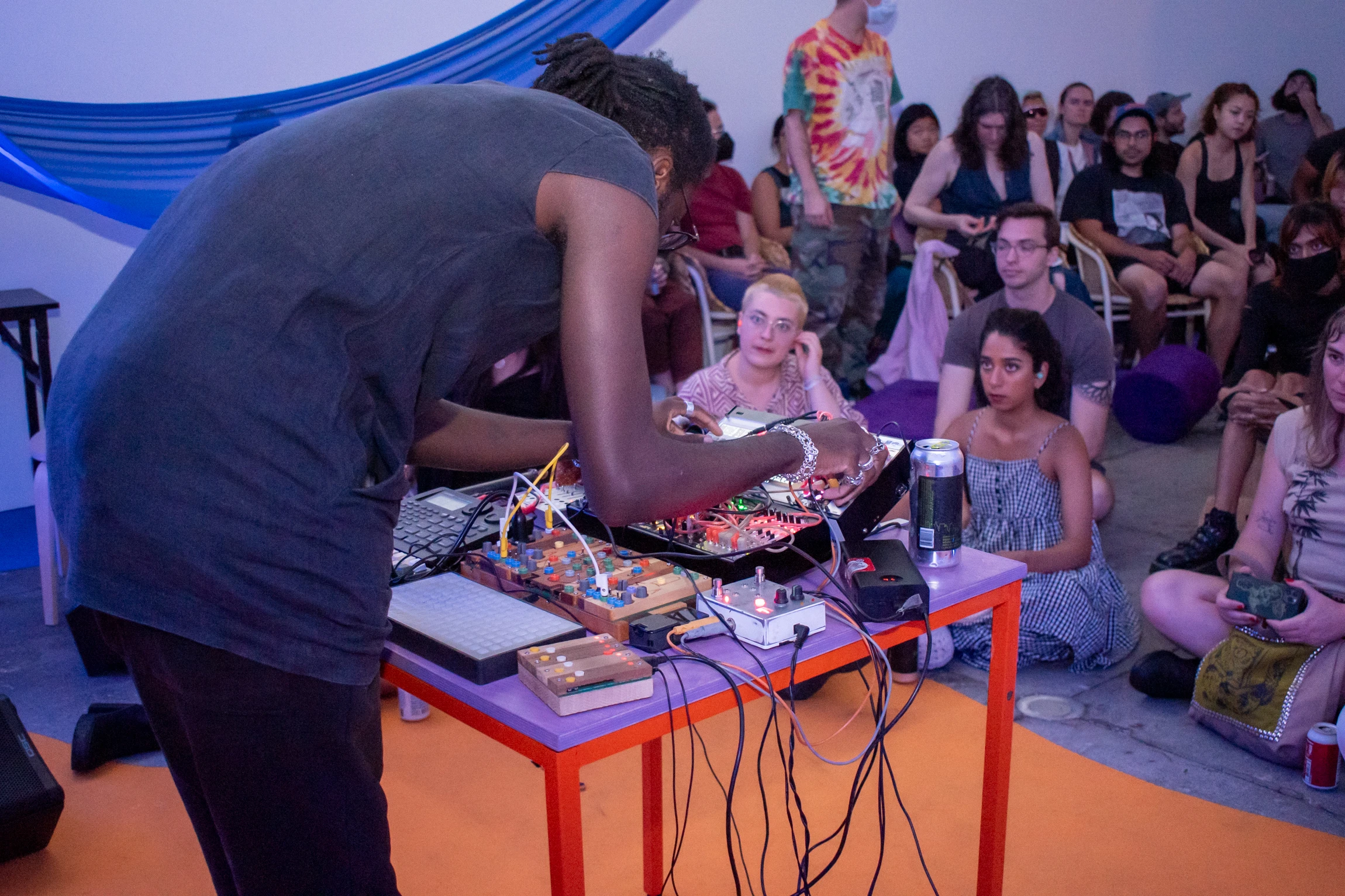sadnoise
Sadnoise is astral internet data ambiance esoterica
Sadnoise is embedded in the ritual practice of performance in existing and impossible spaces. It is a conversation between the source of sound and it’s environment, the performer and the audience. Sadnoise lives in live environments as nonlinear moments in time, for no one. It is an abstract representation of the esotericism of Internet and binary codes bed within dying grass and mossy floors. Sadnoise lives online as a flowing faucet, with homages to breath, air, birds and the ground. It lives within an abstract architecture that develops through the conversation between the technology, non-traditional musical instruments, synthesis and organic materials. Sadnoise gives thanks to and acknowledges indigenous land, traditions and philosophy, as well as the ground beneath our feet.

